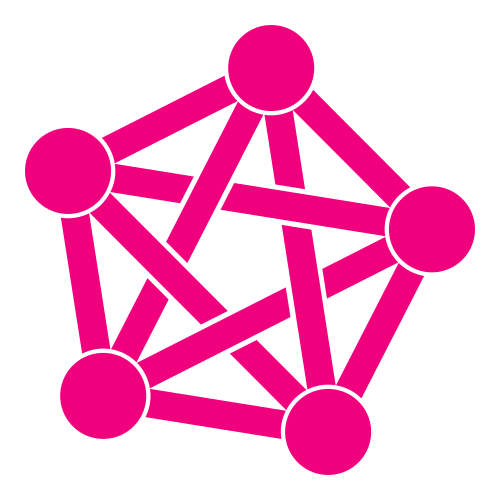- cross-posted to:
- xq_icebreaker
- cross-posted to:
- xq_icebreaker
I recently started thinking again about the Social knowledge fabrics discussion, and it seems to me that one of the biggest obstacles for fedi to become one is the following. The things we refer to as “threads” are actually “branches of a tree”. You have a trunk, basically the whole fedi, each post is a branch, each branch can itself ramify into branches, but all the branches stay independent.
It would be useful if a discussion branch was not only shaped like a thread, but also had the usefulness of one : sewing, or tying together different discussion topics. Sometimes I think again about an old discussion when participating in a new one, and so I cite it. But this message is still fundamentally part of the new discussion, while the newly established link should be of equal interest to participants of both threads.
What we miss is for that message to be part of both conversations, or a clear way to automatically signify to both threads that something new happens. Of course, this can be done by hand, writing a comment in each cited branch to point to the new one. But we won’t remeber to do that everytime, or we will not want to “necrobump”, or we just don’t want to make the extra effort. So it would be interesting if the relations were established automatically. For example the way I proposed for Friendica’s quote-shares in the linked URL, or the way GitHub handles issue that cite each other.
Maybe two old topics will come to know about each other that way, effectively being sewed by the new thread.



Sorry, I’m not fully understanding the sarcasm. Are you making fun of me for the sewing analogy? For making a post about such basic thing as backlinks? (I mean I’m not claiming I’m discovering that idea, just that I think it would be nice to have it on fedi)
Definitely not. Sewing is actually better than web which is way too geometrically rigid. I was just using humor to point out that things that are often thought of as shortcomings in higher layer protocols are because they ignore the lower layers and keep trying to add new layers on top to fix it.